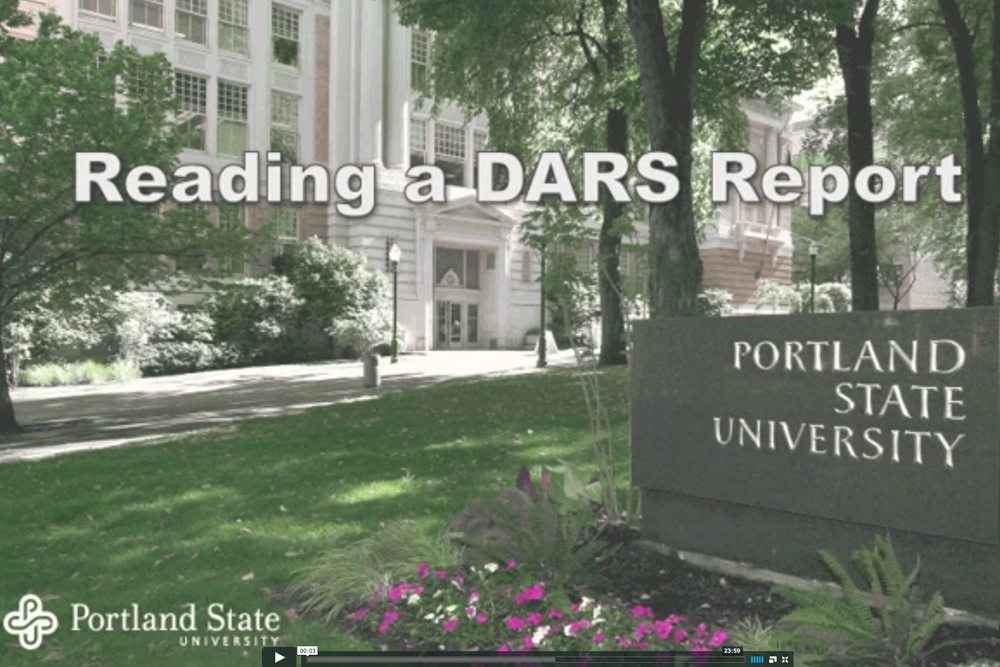DisAbility becomes DanceAbility
The Students With DisAbilities Union sponsored an event called “Deconstructing Disabilities” yesterday in the Smith Memorial Student Union’s Multicultural Center aimed at the ability of disabled people to overcome their hindrances.
Headlining the event was Alito Alessi, director of the DanceAbility Project, who is internationally known as an innovative teacher and choreographer in the field of dance and disability. Accompanying Alessi was Emery, a gentleman who uses a wheelchair for transportation but in no way is strictly confined to his apparatus.
Alessi performed a few dances with Emery, including Argentine tango, to demonstrate to the audience how people with mobility hindrances can overcome certain obstacles to enjoy simple pleasures such as dance and camaraderie with dancing partners. Alessi rolled around the room swiftly and elegantly on a pair of roller skates while integrating common tango moves with Emery, who rolled steadily in stride in his wheelchair and at times was pulled from his chair by Alessi to perform various dance moves. It made for a performance that drew heavy applause from the crowd.
Portland State has strived to meet the needs of students and staff with disabilities by constantly improving facilities and programs when at all possible. The ADA compliance office, an entity of the Affirmative Action office, has been busy this year making sure that every floor of each building on campus has at least one bathroom that is wheelchair accessible, while also keeping facilities such as automatic doors and various building structures operate properly.
Burt Christopherson, director of the ADA, is responsible for maintaining sufficient accommodations for students and staff who come to him with various individual needs, as well as keeping high traffic areas such as pathways between main buildings and sky bridges mobile friendly.
“We have to get creative at times and are usually pretty good at doing so,” Christopherson said. “Sometimes though there is just more to fix than there is money to do the work.”
Christopherson explained that some individuals in wheelchairs have experienced difficulty in entering buildings at times because there are federal and city codes that state door widths have to be around 34 inches, but there are no regulations governing how wide manufacturers have to make the chairs so conflicts in size do occur at times.
There are other issues around campus that have some students in wheelchairs a bit frustrated, such as overcrowded elevators and minimal entry options into buildings. SMSU has only two entrances to the first floor, which makes for a wet trip to those doors when it is raining.
John Burns, a former Detroit police officer and current administration of justice student, has been in a wheelchair ever since a bad accident paralyzed him from the waist down.
“There is nothing more demoralizing than when we can’t do the normal functions that are a part of everyday life,” Burns said. “One day I had to push a woman in a chair up the Urban Plaza ramp because it is steep and nobody else was offering to help.”
Another student who has expressed concern with some of Portland State’s handicap accommodations is Mike Keoprasith, who uses a motorized chair to get around campus.
“Cramer’s elevators are the slowest but the biggest problem is when healthy people crowd them rather than making room for a chair and taking the stairs,” Keoprasith said. “There have been times when I had to wait because nobody would step out and was late to class.”
Keoprasith feels the accommodations around campus have been pretty satisfactory but did express concern with the location of the Disabilities Resource Center, which is on the fourth floor of Smith, stating that it poses a fire hazard to those in wheelchairs.
The DRC has been in its location since ASPSU replaced them on the first floor of SMSU, which is where the Information and Academic Support Center and DRC used to call home. The DRC’s new office space, located just outside the IASC on the fourth floor, provides them with more privacy but less space.
“There is not enough room to get more than one wheel chair in here at a time,” Daniel Spero said. “But usually it poses no problem.”
Spero is the director of the Disability Resource Center. He also stated that a petition is currently being spearheaded by Alexis Jewel to relocate the DRC to a larger space.
Dan Fortmiller, director of the IASC, has been around long enough to witness the office space changes, ever since the IASC was in Shattuck Hall and then at the location where ASPSU now is.
“Space is a tremendous issue on this campus,” Fortmiller said. “With our move to the fourth floor there have been some things gained and some things lost.”
Fortmiller pointed out that in the event of a fire there are two sky bridge exits that can be used to access elevators either in Neuberger or Cramer halls.



